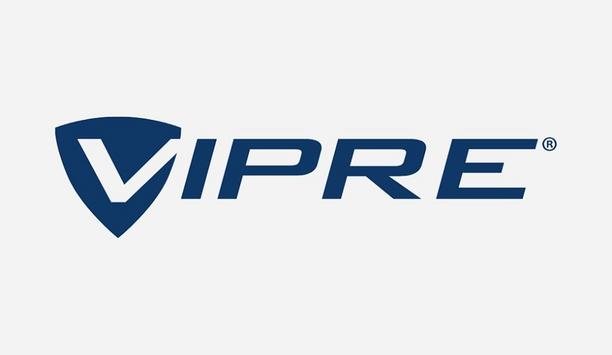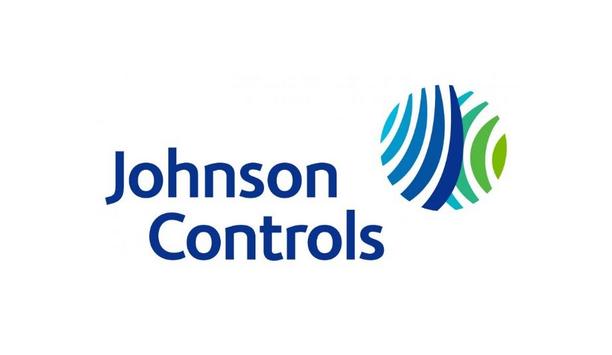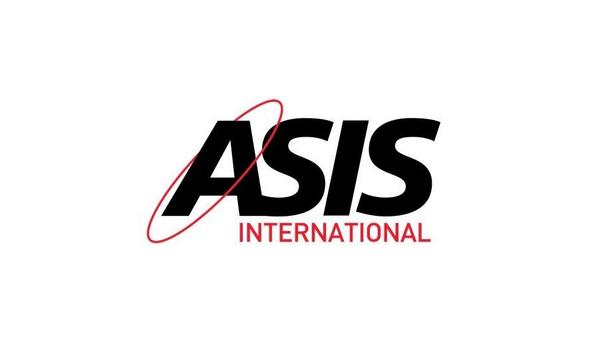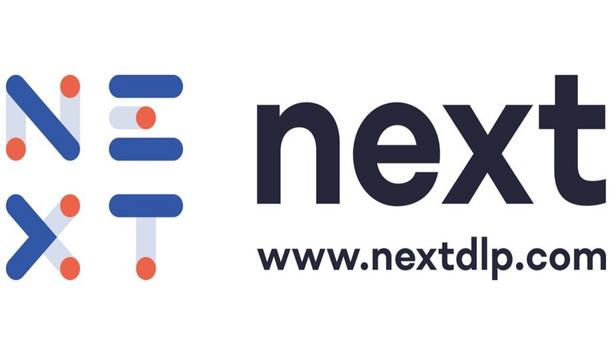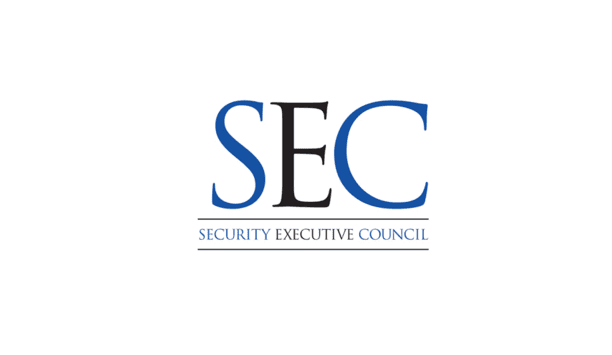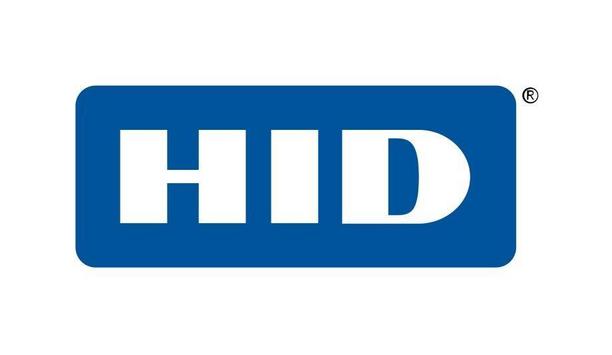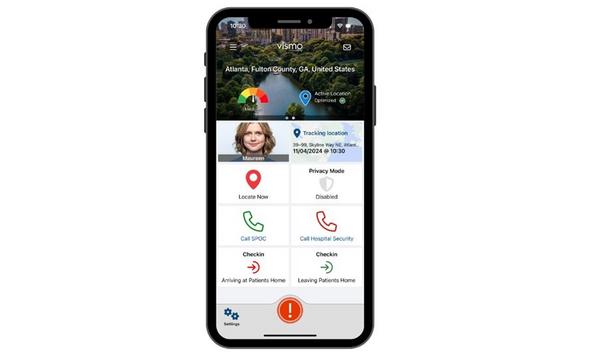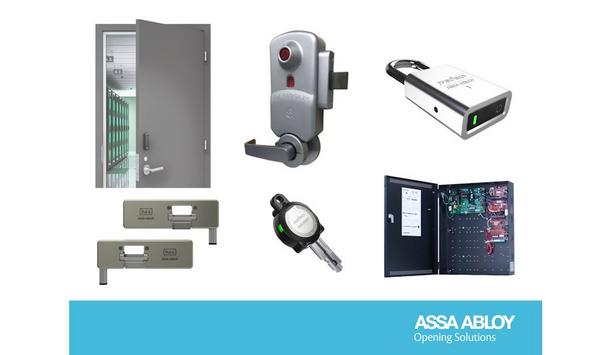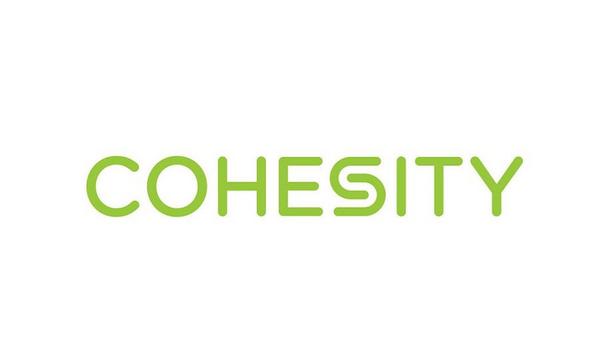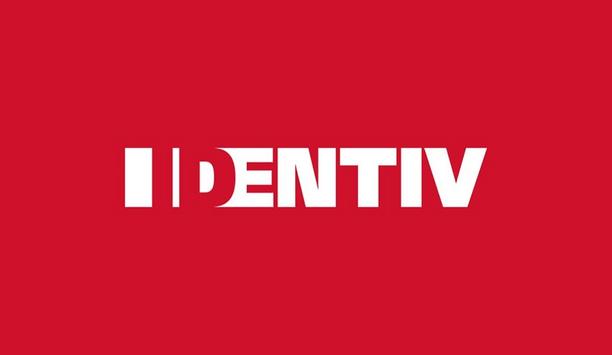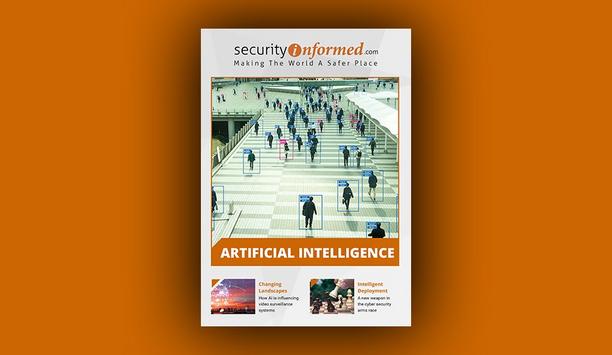Organizations must address growing security threats using fewer resources in an increasingly challenging regulatory environment. They are looking to ensure data security while also protecting their facilities’ physical security. At the same time, their users are demanding more choices of smart cards, smartphones, wearables, and other mobile devices that can do much more than simply open doors in an increasingly connected world.
Cobbling together disparate solutions creates vulnerability gaps and can be expensive and difficult to manage. For these and other reasons, many organizations are moving to align their physical and digital security initiatives, especially in today’s more connected world tied to the Internet of Things (IoT). They are adopting new ways of thinking about trust in smart environments and evolving how they use trusted identities across their operations. In the process, they are discovering better ways to establish, create, use and manage secure credentials using hybrid on-premises and cloud solutions both for access control and to tie people, assets and processes to the Internet of Trusted Things (IoTT).
Simpler And More Efficient Approaches
Cloud-based solutions such as Microsoft Azure are already widely used for IT access management and there is now growing interest in harnessing the cloud to manage trusted identities used for physical access management as well. Today’s solutions span the full identity lifecycle, from badge printing or mobile credential issuance all the way through to the management and application of access rights.
These solutions tie everything |
These integrated solutions will be joined by new cloud models for delivering network-based, service-focused badge printing and encoding that eliminates the need for stand-alone card printers attached to dedicated PC workstations and delivers the security of end-to-end encryption. Such solutions will transform the operational management of ID badge printing, reduce costs, eliminate capex outlay, simplify system maintenance and improve security as compared to on-premises solutions.
Reducing Vulnerabilities And Simplifying Compliance
In parallel with the move to the cloud, there is also a growing awareness of the interdependencies of technologies and platforms that are used to optimize business agility, manage costs and improve the user experience in today’s increasingly mobile environment, or to extend the reach, flexibility and security of digital commerce and relationship management. These interdependent technologies require an organization-wide approach to identity management that connects multiple platforms, systems and devices for multi-factor authentication. This approach increases security, reduces vulnerabilities and simplifies compliance.
To achieve this vision, unified identity cloud-based physical and IT access management solutions can create a far more seamless experience for users while simplifying procurement, deployment and maintenance. These solutions tie everything together and automate other manual workflows to provide an end-to-end physical identity and access management solution that integrates with access control systems, logical identity and other applications so organizations can manage all types of physical identities and their details.
Encompassing Identity Management Lifecycle
This approach incorporates trusted credential and other advanced security technologies and encompasses the entire identity management lifecycle. The result: organizations achieve a single, comprehensive security view and more coordinated way to protect privacy, while also lowering total cost of ownership, extending strong authentication from the desktop to the door and supporting a multitude of advanced use cases.
This unified approach is especially effective for government agencies and other regulated industries such as banking, healthcare, and transportation. It improves the organization’s overall security posture while consolidating physical and IT security into a single solution. The user experience is improved by having a single credential for opening doors and accessing IT systems, networks and data and the organization can more easily comply with federal security requirements while extending public key infrastructure (PKI) strong authentication throughout their operations.
 |
| Unified identity cloud-based physical and IT access management solutions can create a far more seamless experience for users |
This unified approach also enables using strong cryptographic credentials in a range of additional applications, including digitally signing emails or documents, decrypting emails or files, full disk encryption and boot protection to secure laptops, among others. This approach also makes it easier to monitor and manage users’ access rights as their roles change within an organization, ensuring they only have access to what they need in a current role.
Incorporation Of Biometrics
In banking, unified platforms provide a holistic, mobile-relevant, multi-channel solution for managing customer identities across all channels, improving the user experience without increasing cost or complexity. The incorporation of biometrics further improves the user experience with higher levels of trust and makes it easier to combat fraud while complying with “know your customer” and other regulatory mandates.
Unified platforms for healthcare enable administrators to consolidate identity and access management across the continuum from hospital to home, simplifying operations ranging from opening hospital doors and accessing healthcare records to e-prescribing while simplifying compliance and improving how healthcare professionals interact with patients and log their activities. Institutions can leverage e-prescribing architectures for other valuable capabilities such as authenticating to VPNs and enabling remote access using credentials, key fobs, mobile smartphones and other smart devices and one-time password (OTP) tokens.
Path To Converged Solutions
The move to unified platforms offers new ways to establish, create, manage and use trusted identities and combine on-premises systems and the cloud to simplify identity and access management using common, flexible and adaptable platforms.
Organizations that adopt these platforms can more easily secure access to everything from the facility’s doors to its computers, data, applications, and cloud-based services and can also tie their smart buildings to the IoT. As they deploy these unified platforms, they will be embarking on a path to truly converged solutions that will ultimately consist of a single security policy, one credential and one audit log, delivered through a fully interoperable, multi-layered security infrastructure. Between now and then, they will be able to preserve their investments while continuing to grow, evolve and continually improve their security capabilities in the face of ever-changing threats.















